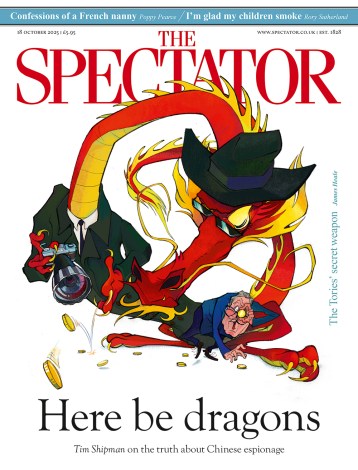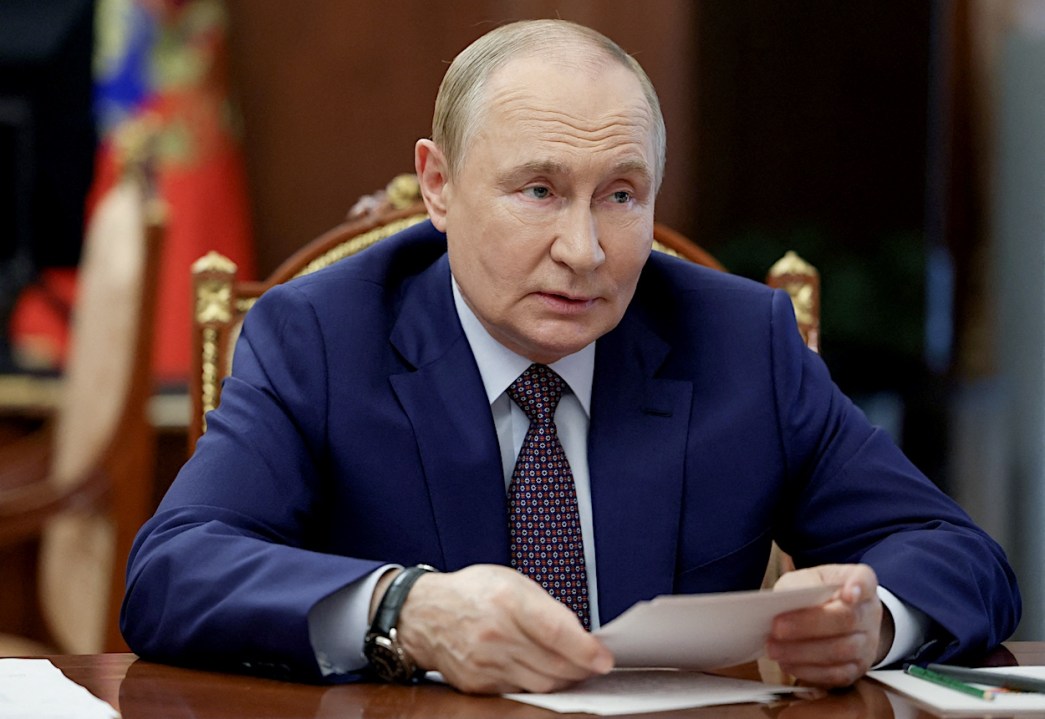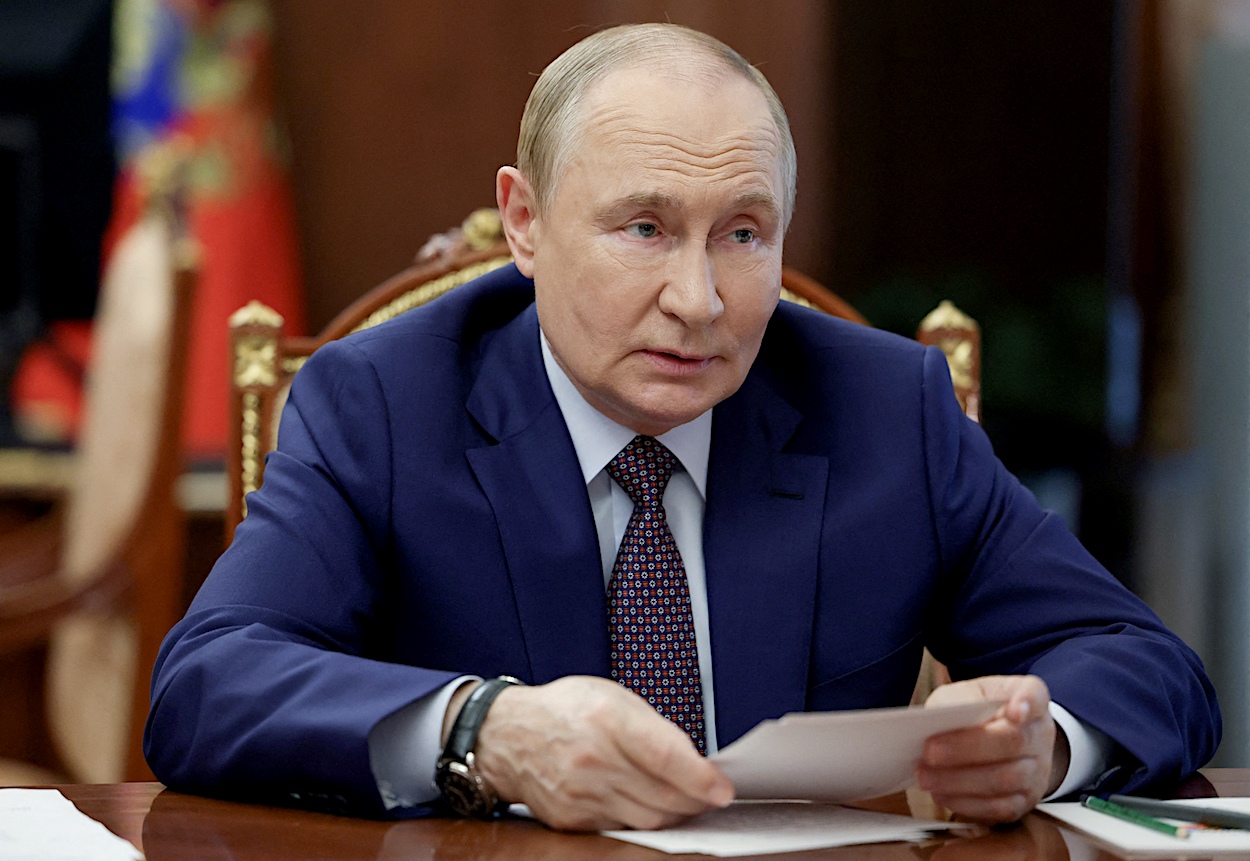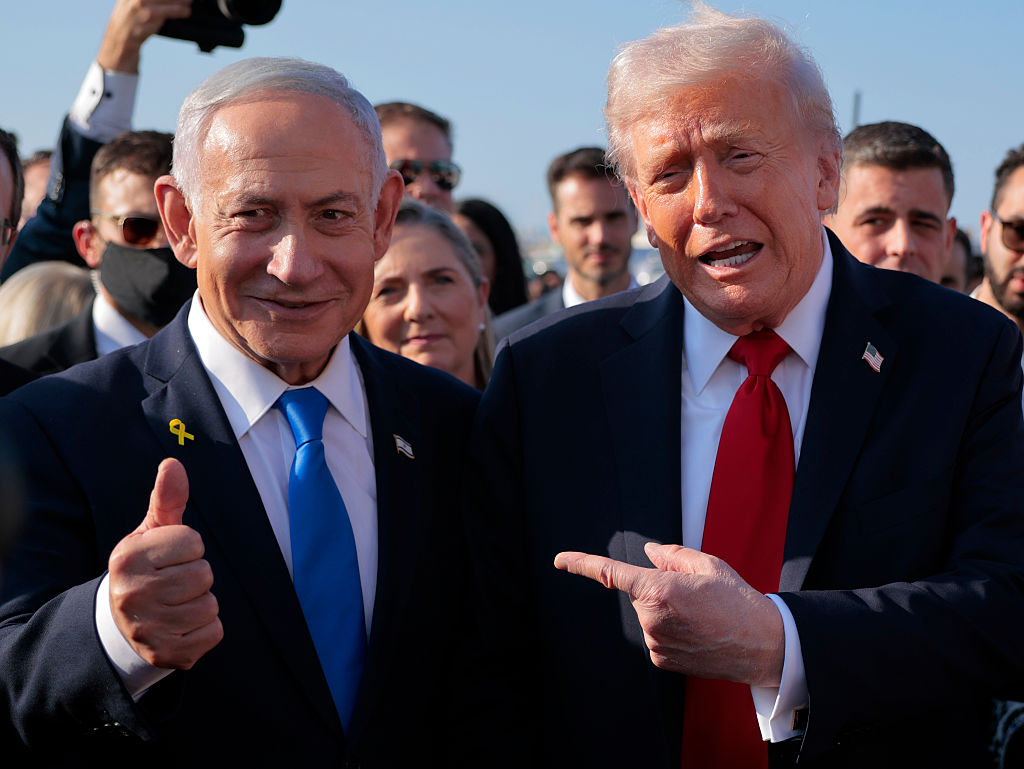In June, a grim milestone passed. The Ministry of Defence said that one million Russians had been killed or wounded in Ukraine. The Guardian reported that fatalities alone are ‘five times higher than the combined death toll from all Soviet and Russian wars’ after 1945. Marco Rubio, the US Secretary of State, stated that Russia had already lost ‘100,000 soldiers – dead – not injured’ this year. Yet the unmentionable odour of death offends the Russian night. In Moscow, the milestone passed without official remark.
The soaring butcher’s bill has not, as some naively still hope, been matched by large-scale public unrest. Although, like the Soviet war in Afghanistan, Putin’s war in Ukraine is an open wound slowly bleeding the country white, there is no comparable anti-war movement, mass protests, or anguished appeals from the mothers of soldiers. The wars in Ukraine and Afghanistan differ in their nature. Russia’s modern digital dictatorship is not the Soviet Union of the 1980s ‘collapsing under the weight of its own internal contradictions’. The Kremlin has effectively managed the impact of unprecedented losses by carrots and sticks or, as Russians put it, by gingerbread and whips.
A fundamental difference with previous conflicts in Afghanistan and Chechnya is that Russia’s war in Ukraine is being fought by volunteers, largely motivated by the prospect of life-changing amounts of money, and not by conscripts sent to fight against their will. In some regions, the gingerbread of signing on bonuses for new recruits now exceeds a year’s salary. Generational wealth is promised for the families of the dead in return for their silence. This ‘torrent of money’ has transformed poorer regions, even if growing economic difficulties have seen bonuses being trimmed. The sugar rush of wartime spending on defence equipment has also increased real wages for many Russians, increasing living standards sharply.
The Kremlin learned that its partial mobilisation of 300,000 mainly poor men in 2022 was a shocking and deeply unpopular experiment not to be repeated. With these troops now mostly dead, and the war presented as ‘special’ and faraway, Russians are much less interested in the fate of those who went to fight for the money. Conscripts are not sent to the front. Recruitment is spread across Russia’s regions to prevent potent pockets of protest.
To sweeten support for the conflict, the Kremlin relentlessly hammers a jingoistic narrative that Russia had no alternative to war, that it is fighting the collective West, and that Putin’s ‘special military operation’ continues the Soviet struggle against Nazism. For example, volunteer recruitment went up after Ukraine’s incursion into Russia’s Kursk region prompted a patriotic response. Relatives are encouraged to view the death of their relatives as a noble blood sacrifice for this national cause, and not – as they really are – casualties of Putin’s elderly rubbish. To further the ideological struggle and develop the next generation of recruits, the state seeks to recapture Russia’s young by deepening ‘patriotic’ education programmes, re-writing history, re-using military symbols from the past, and re-forming Soviet-style youth movements.
As one Russian expert told me, from the start the Kremlin has been acutely aware of Bonapartism: a charismatic general converting military success into political power. Officers at the front have been sacked for questioning the wisdom of launching costly assaults in order to move Putin’s drinks cabinet ten centimetres closer to Kyiv. As noted by one Russian sociologist, no senior military officer has been used as a propaganda figure nor attained any kind of personal popularity in society; ‘state propaganda praises only private soldiers who have taken part in the war, preferably those who have died in the process’.
This being Russia, the whip has been wielded enthusiastically. Early anti-war protests were quickly squished and opponents to the war driven into exile, imprisoned, or pressed into military service. The climate of fear is fuelled by public prosecutions severe sentences. For example, Olga Komleva, a journalist and associate of the late Alexey Navalny, himself killed by the state in prison, was recently sentenced to 12 years for her anti-war activities.
Russians remain generally indifferent to the war
Civil society, already a weakened force in Russia, has been further cowed by being declared as agents of foreign powers. The Committees of Soldiers’ Mothers were beaten into submission many years ago and are not the force they were in the 1980s. In their place, the Kremlin has created loyal simulacra that slavishly support the government line. Veterans’ organisations, including those originally formed to support those who fought in Afghanistan, have been co-opted for the cause.
As a result of these carrots and sticks, Russians remain generally indifferent to the war but with – from the Kremlin’s perspective – a sufficient minority of genuine supporters. The public are more concerned about their own financial situation, criminalisation of society, and the potential impact of returning veterans than about the number of dead. Self-interest and fear have nixed the anti-war movement. The number of new recruits being sent to Ukraine still exceed battlefield losses.
Three years into the war, it is unwise to hope for a deus ex machina of large-scale public unrest, or strain to discern ironic points of light of potential anti-war opposition inside Russia. As Oleg Orlov, a veteran campaigner for civil liberties put it: ‘The opposition is completely crushed, the remnants of any freedoms are liquidated, [and] the words “liberalism” and “democracy” are dangerous to pronounce publicly without adding a curse word’.
Instead, the war should be brought home to Russians by cranking up economic pressure on the country, its foreign enablers and collaborators while assisting Ukraine to strike military targets within its borders.








Comments